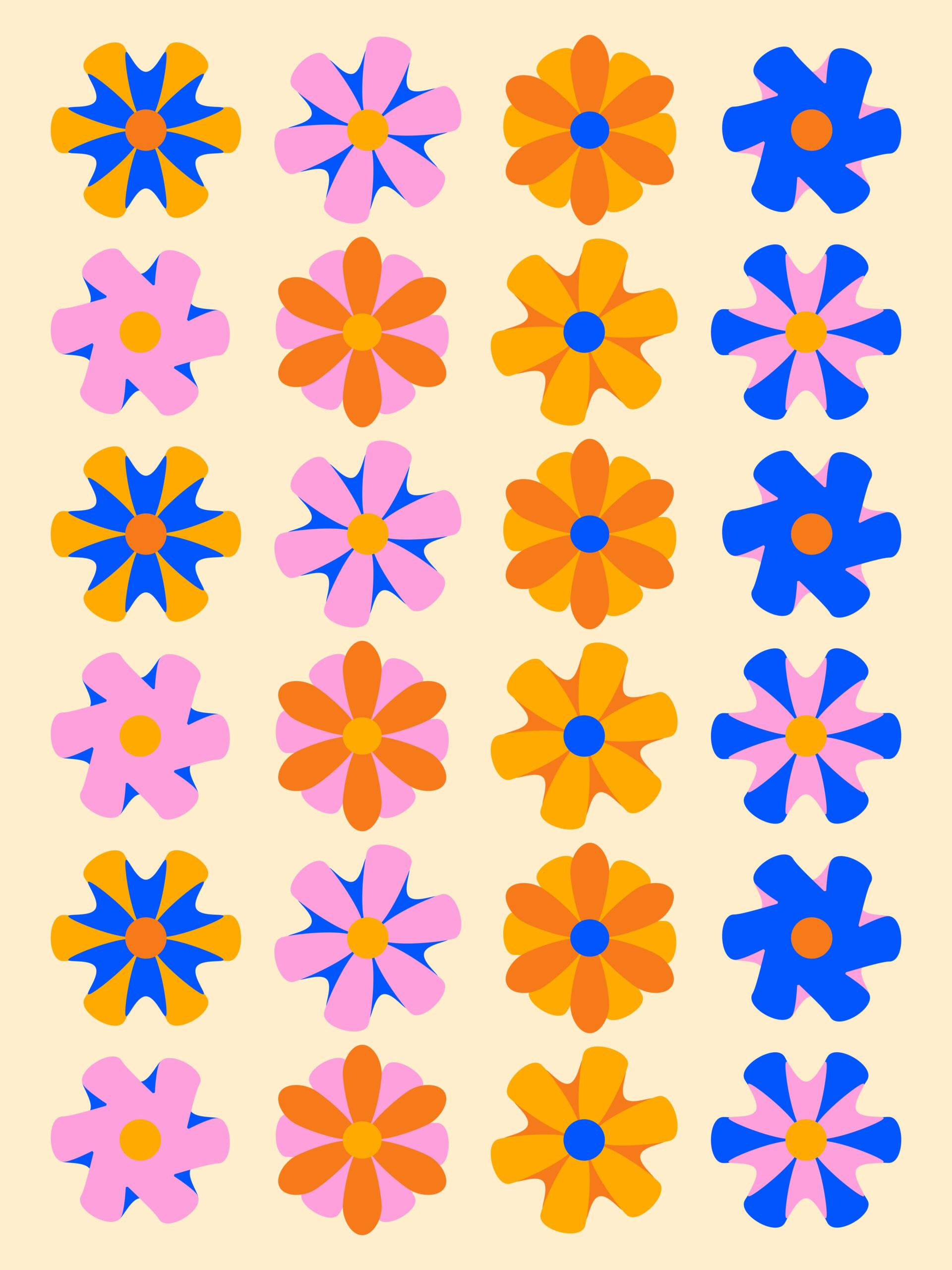Beat block is a common occurrence in beatmaking. For beatmakers, it is inevitable to get stuck in the creative process without any ideas coming to mind. However, when faced with such a situation, it is crucial to know how to overcome beat block. Below, we will explain the approaches to take when encountering beat block.
Exploring New Directions
First, when faced with beat block, it is important to explore new directions without being fixated on your intended direction. For example, you can listen to music in different genres than what you usually create or try new instruments and software. By doing so, you may discover a world you didn’t know and generate new ideas.
Furthermore, utilizing AI is another method. AI can provide new musical ideas based on vast amounts of data. For instance, by referring to rhythm patterns or melodies generated by AI, you can incorporate new elements into your beats. Using AI tools to try different musical approaches than usual can lead to new inspiration.
Change Your Environment
One of the most effective ways to stimulate creativity and break free from beat block is by altering your surroundings. The environment in which you work can have a significant impact on your mood, focus, and overall inspiration. If you have been working in the same space for an extended period, it might be time to switch things up.
This can be as simple as rearranging your workspace, adding some new decorations, or even moving to a different room. Alternatively, you could try working in a completely new environment, such as a coffee shop, park, or library. These changes in scenery can help refresh your perspective and inspire new ideas, ultimately helping you overcome your creative block.
Objectively Analyzing What Works and What Doesn’t
It is also important to objectively analyze what is working and what is not working in your creative process. For example, you can analyze the rhythm patterns, melodies, and chord progressions of the beats you usually create and see if there are any new discoveries. Additionally, there may be issues with your work environment or methods. If you notice such problems, improving them can help smoothly progress your creative process.
AI can also be helpful here. AI-based music production tools can generate new beats and melodies based on user-inputted parameters. This allows you to obtain innovative ideas that you may not have thought of yourself. AI can also analyze existing beats and suggest improvements or new arrangements. By utilizing AI, you can streamline the beatmaking process and try more creative approaches.
Approaching beatmaking in Different Ways
Furthermore, when faced with beat block, it is important to approach beatmaking in different ways than you usually do. For example, you can change the instruments or samples used in your usual beats or try different rhythms and basslines. Doing so may lead to new musical ideas.
Again, you can leverage the power of AI here. AI-based music production tools can generate new beats and melodies based on user-inputted parameters, allowing you to obtain innovative ideas that you may not have thought of yourself. AI can also analyze existing beats and suggest improvements or new arrangements. By utilizing AI, you can overcome beat block and gain new musical ideas.
Collaborating with Others
When faced with beat block, collaborating with others is also important. For example, co-creating beats with others can lead to new ideas. Additionally, getting feedback from other beatmakers or musicians can be helpful. Learning how others perceive your work and what needs improvement can generate new ideas for your beatmaking.
Being Kind to Yourself
Moreover, when faced with beat block, it is crucial to be kind to yourself. Failure and setbacks are inevitable in the creative process. However, you can learn and grow from such experiences. Even when faced with beat block, it is important to encourage yourself and approach it positively without losing passion for your work.
Conclusion
Lastly, when faced with beat block, it is essential to enjoy the creative process. The creative process may be full of pressure and stress, but it is important not to forget that the process itself is enjoyable. By being aware that you can move yourself and others through the music you create, you can overcome beat block.
In summary, when faced with beat block, it is important to approach it from different directions and methods than usual, change your environment, collaborate with others, be kind to yourself, and enjoy the creative process. By taking these approaches, you can overcome beat block and create even more amazing music.









